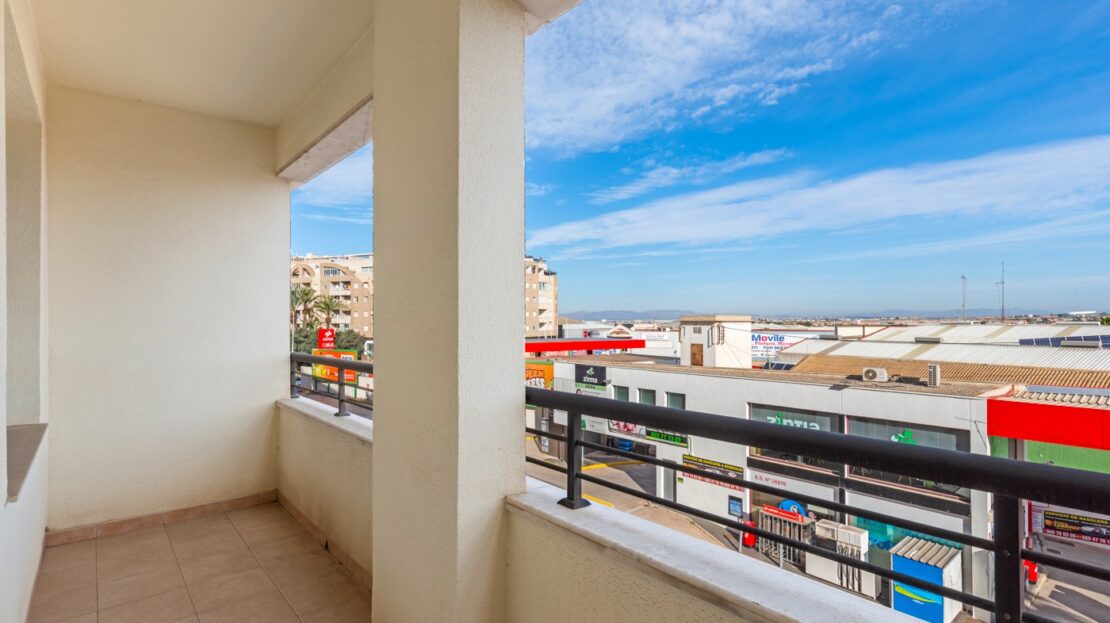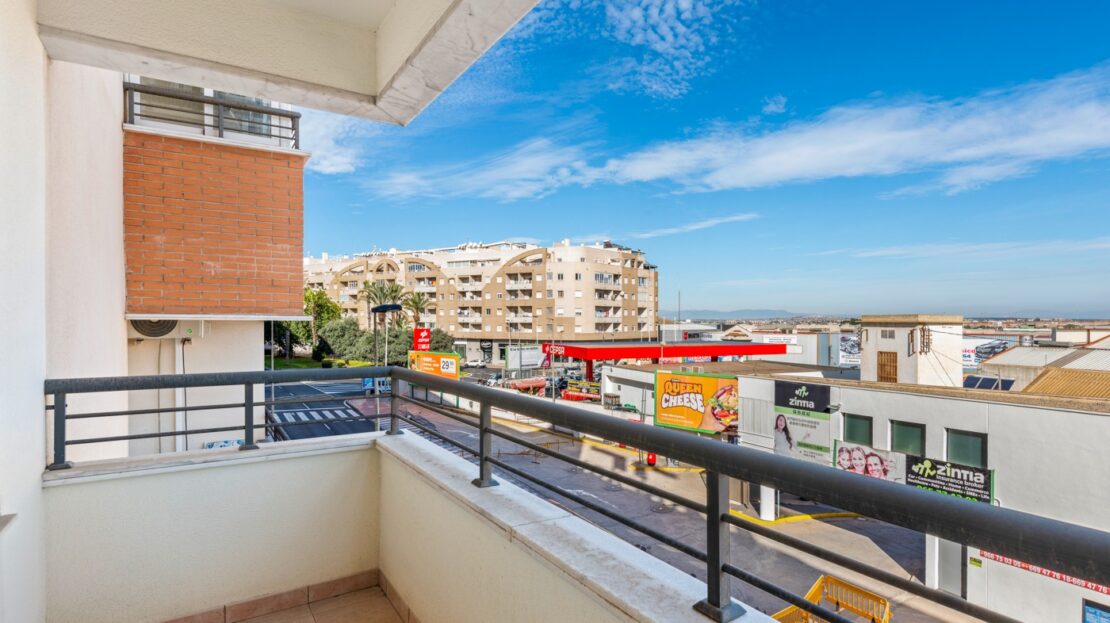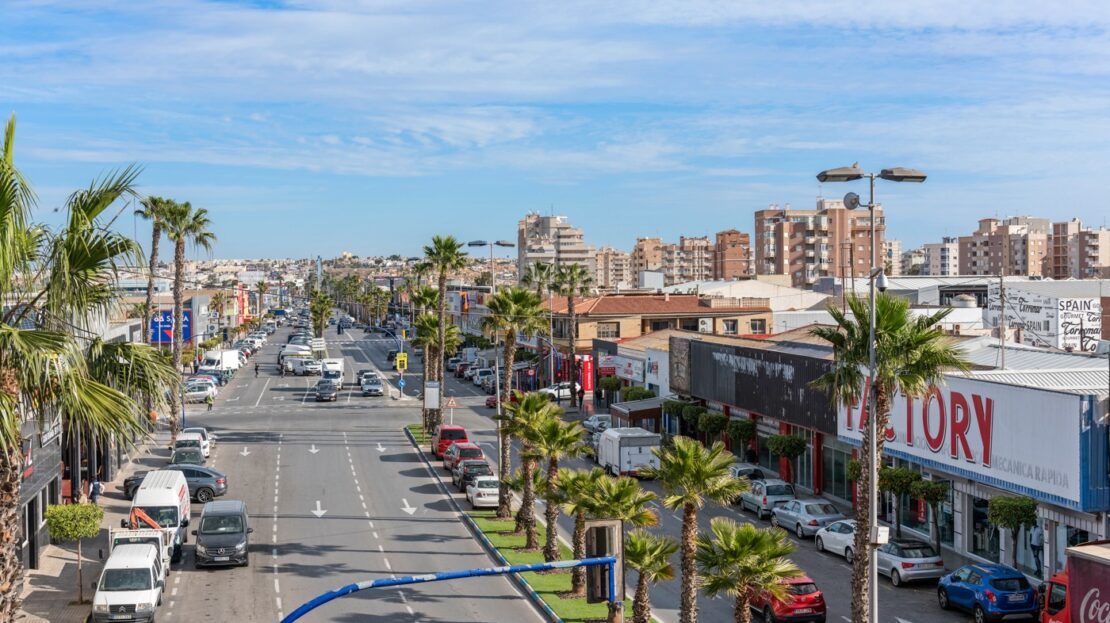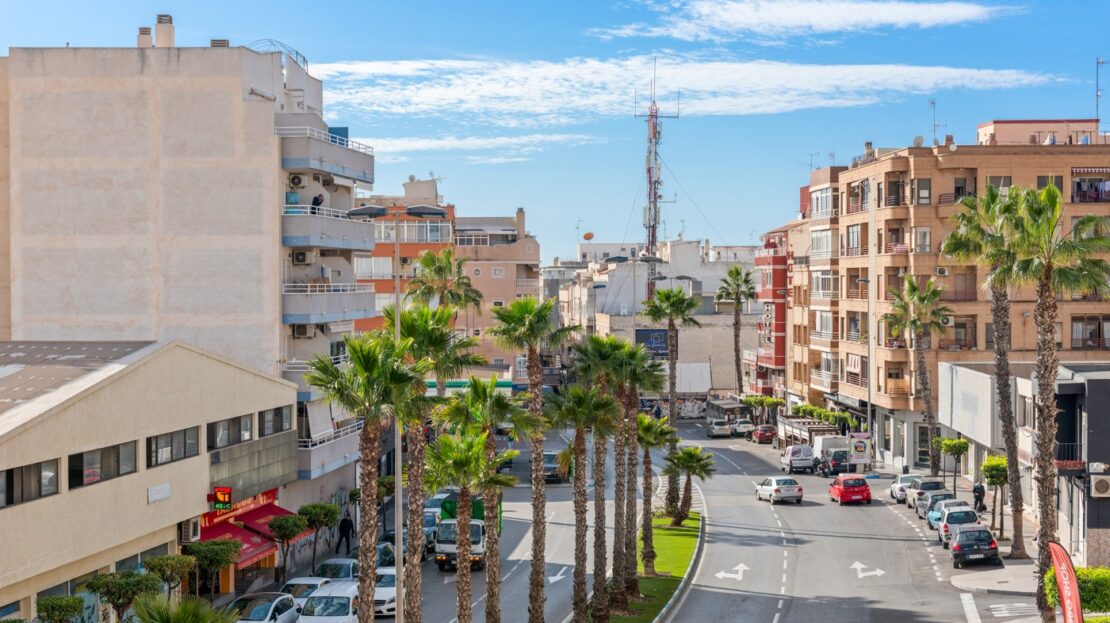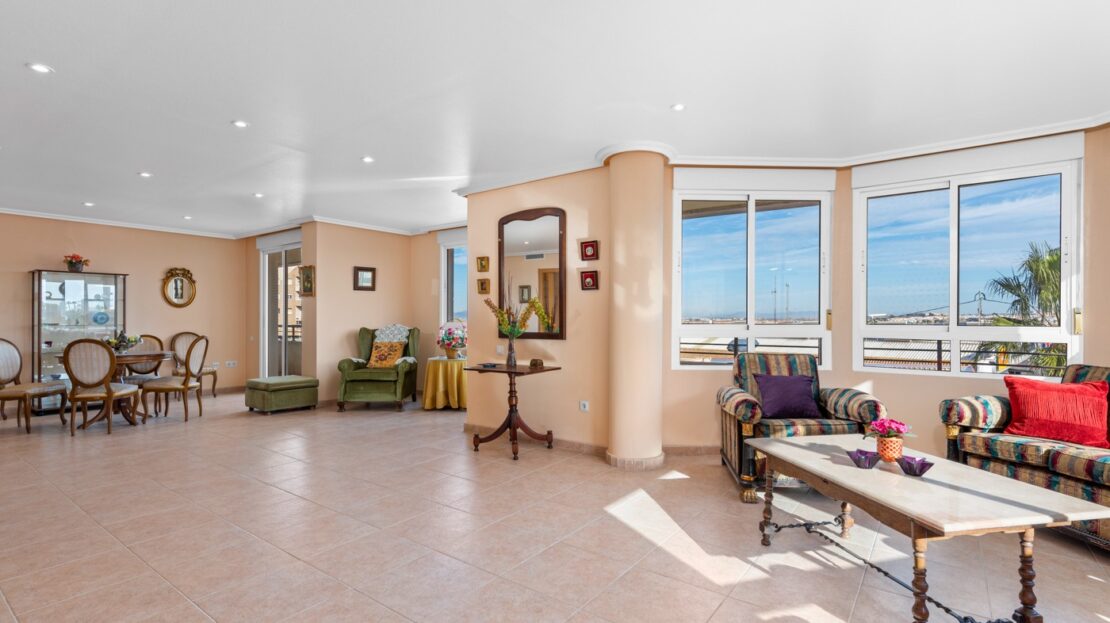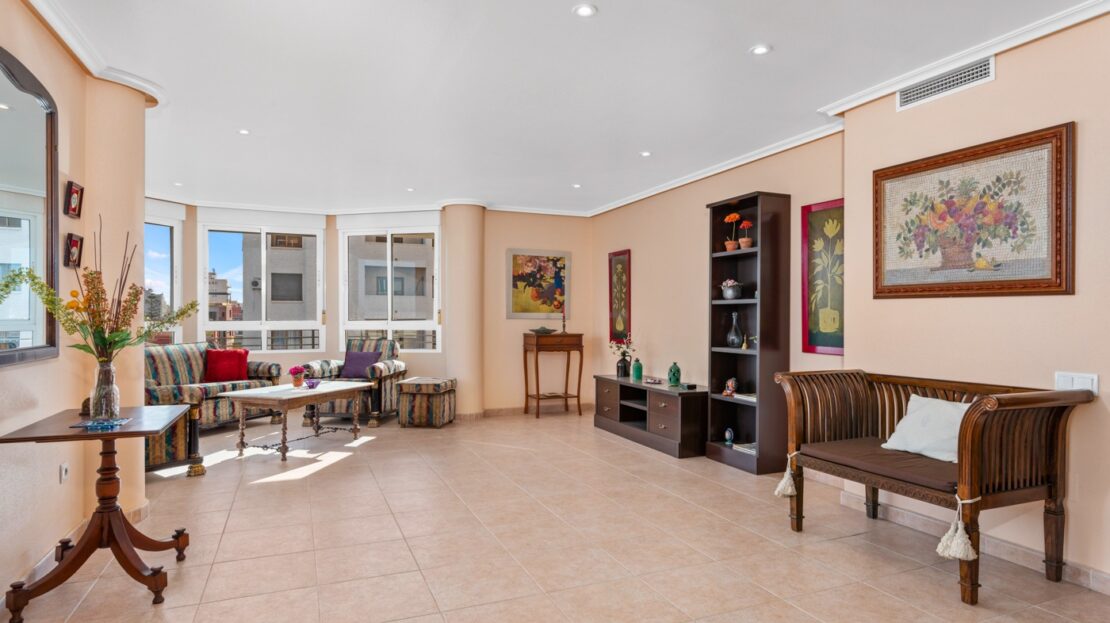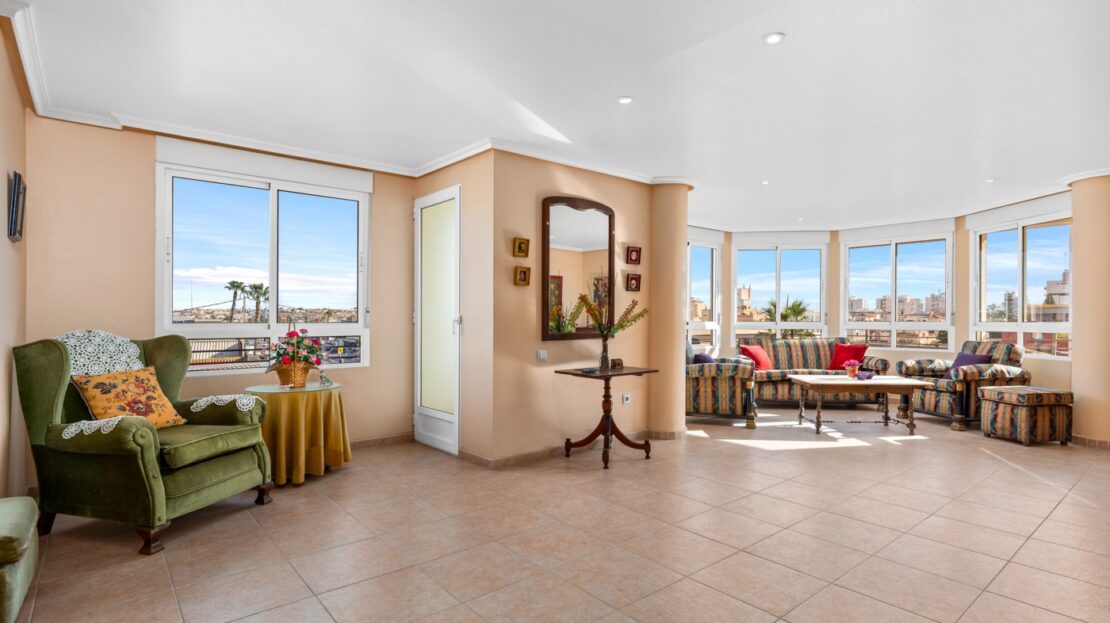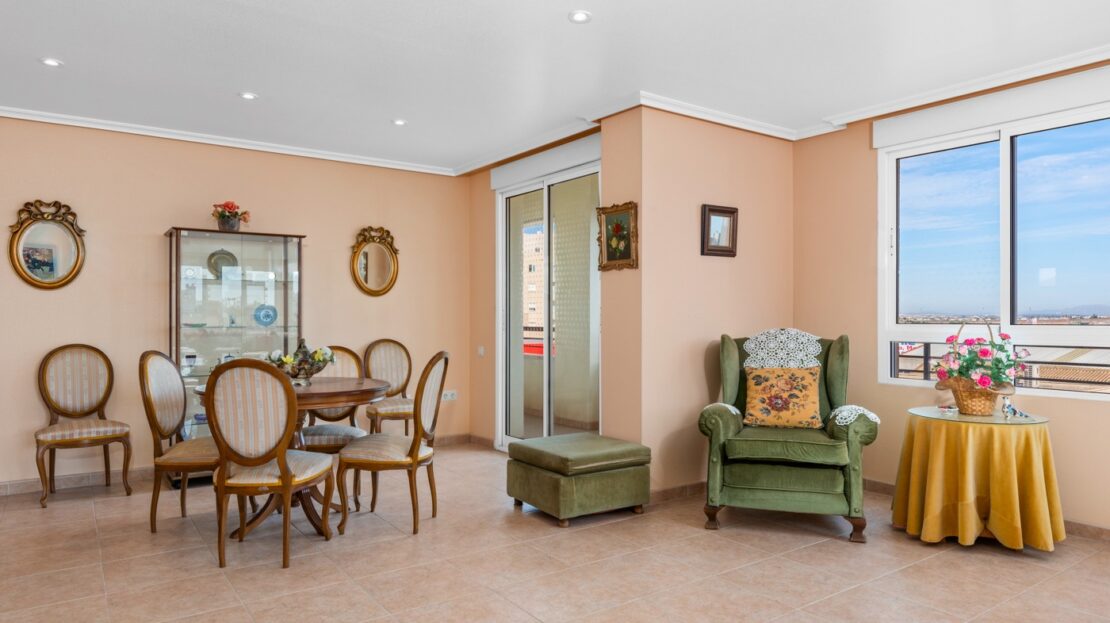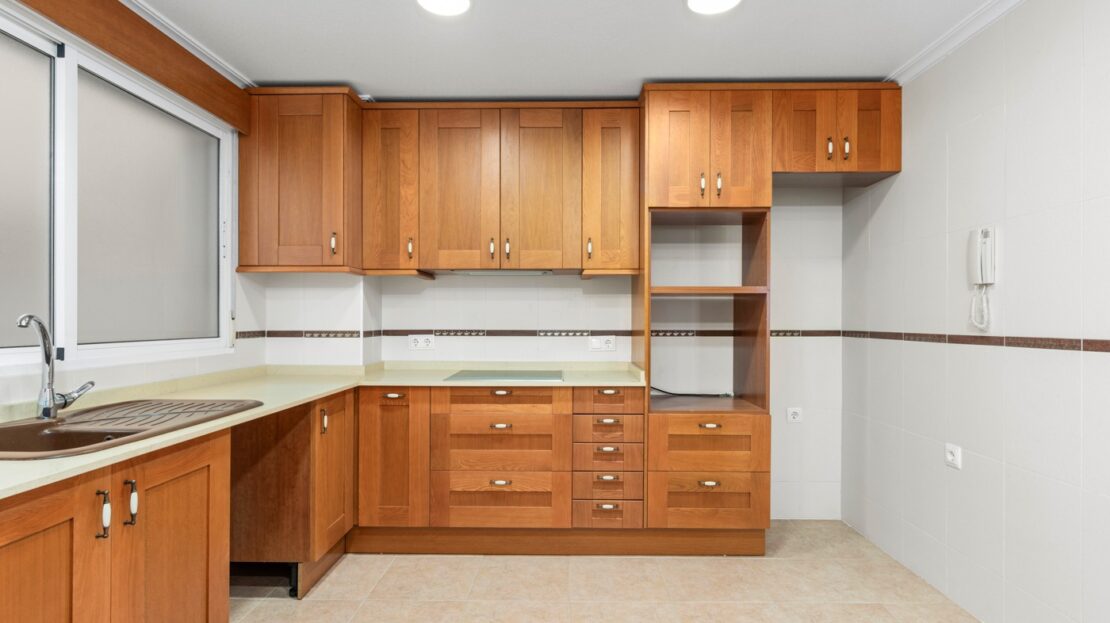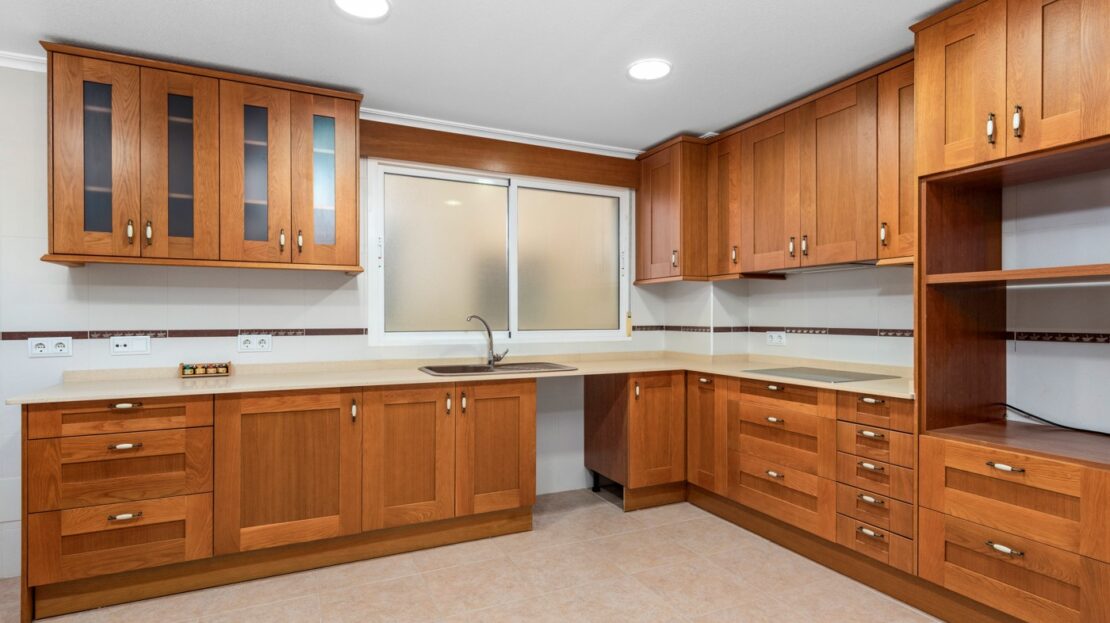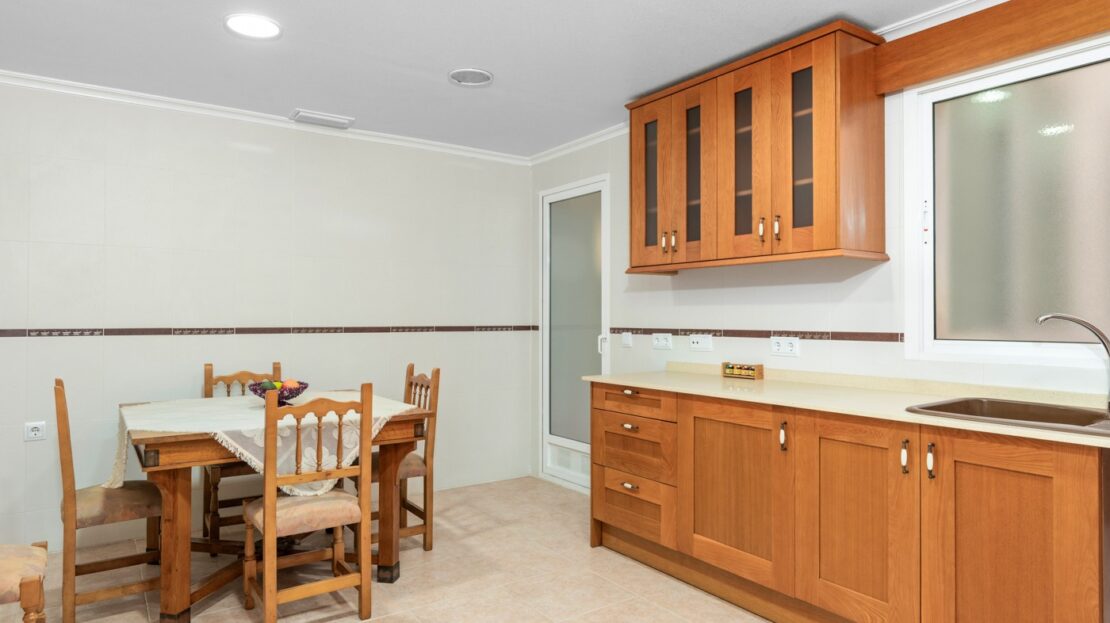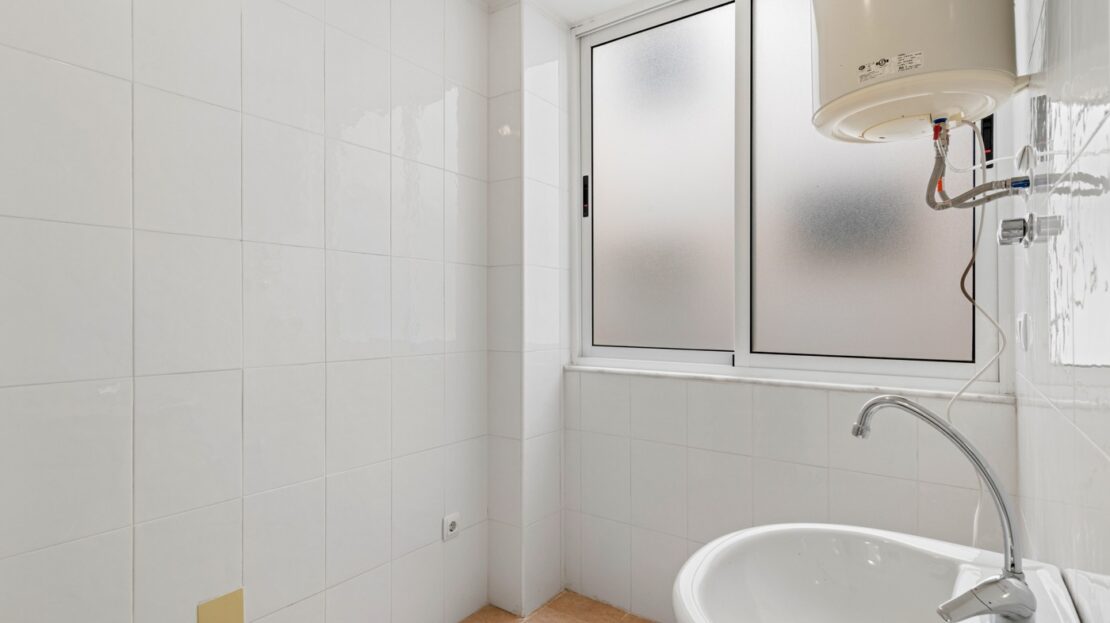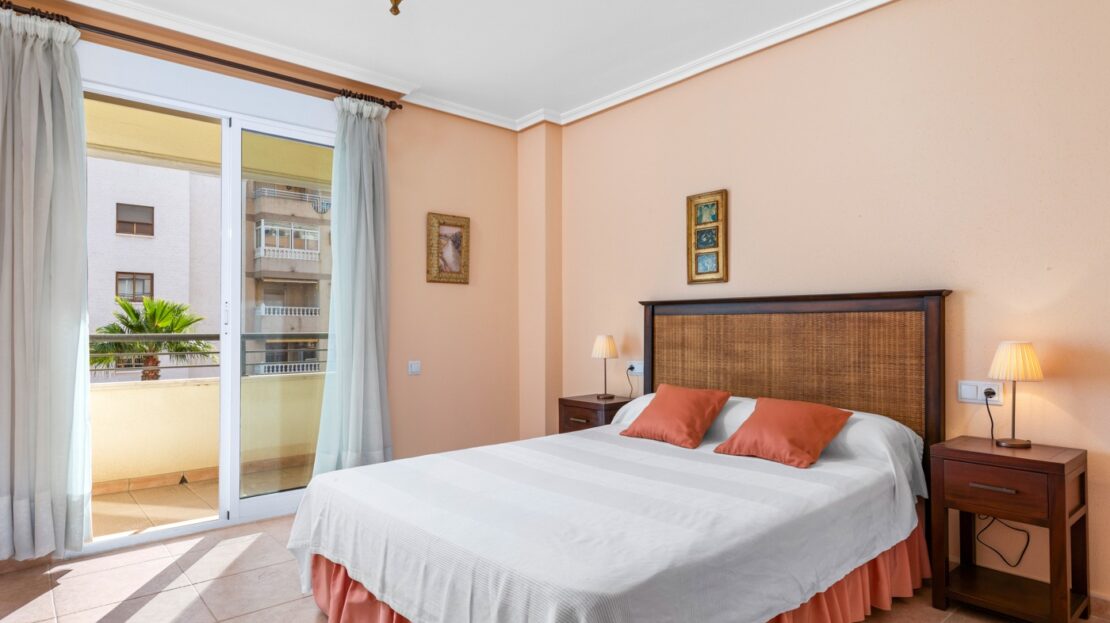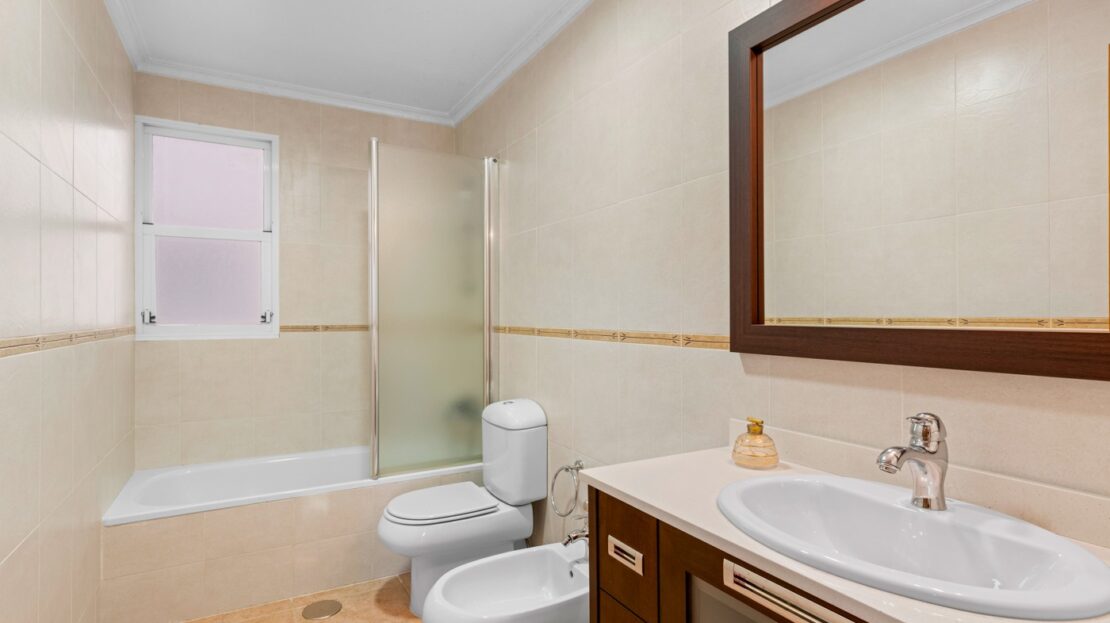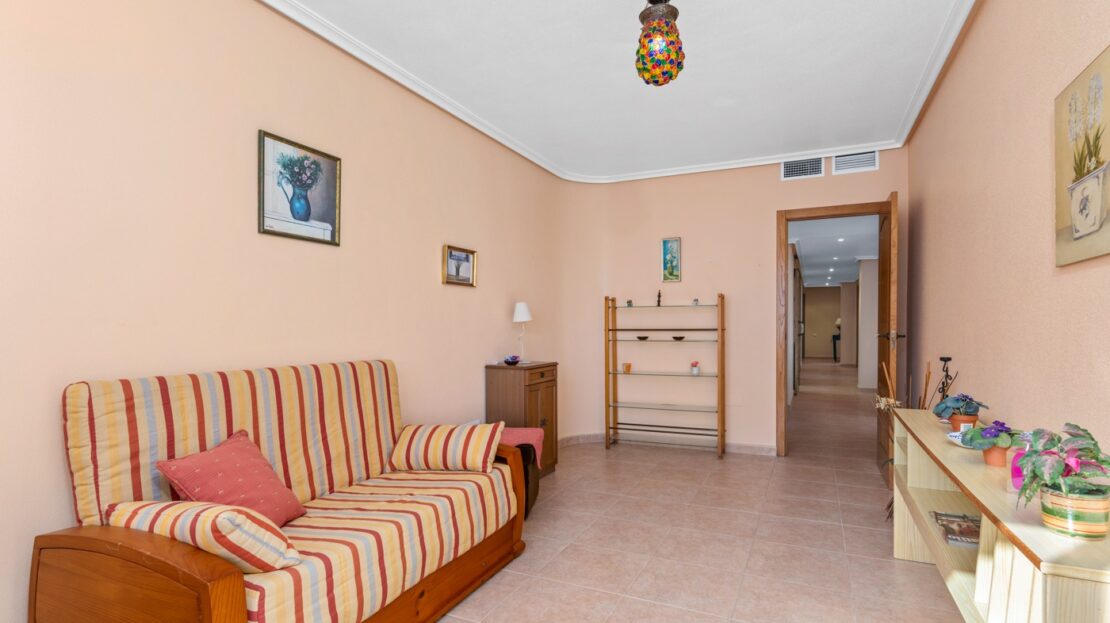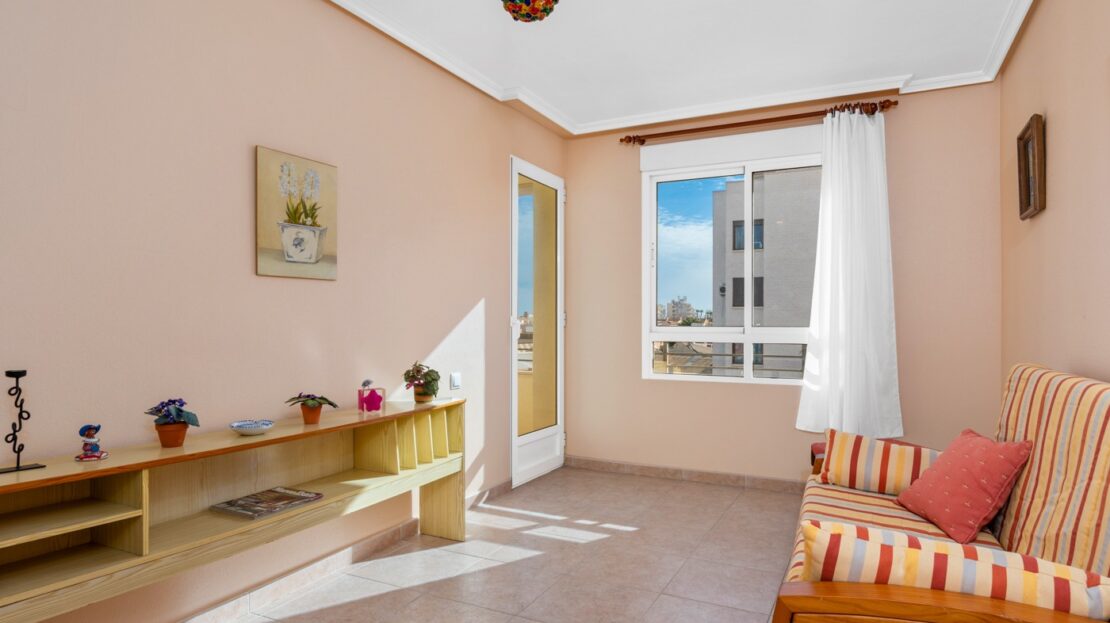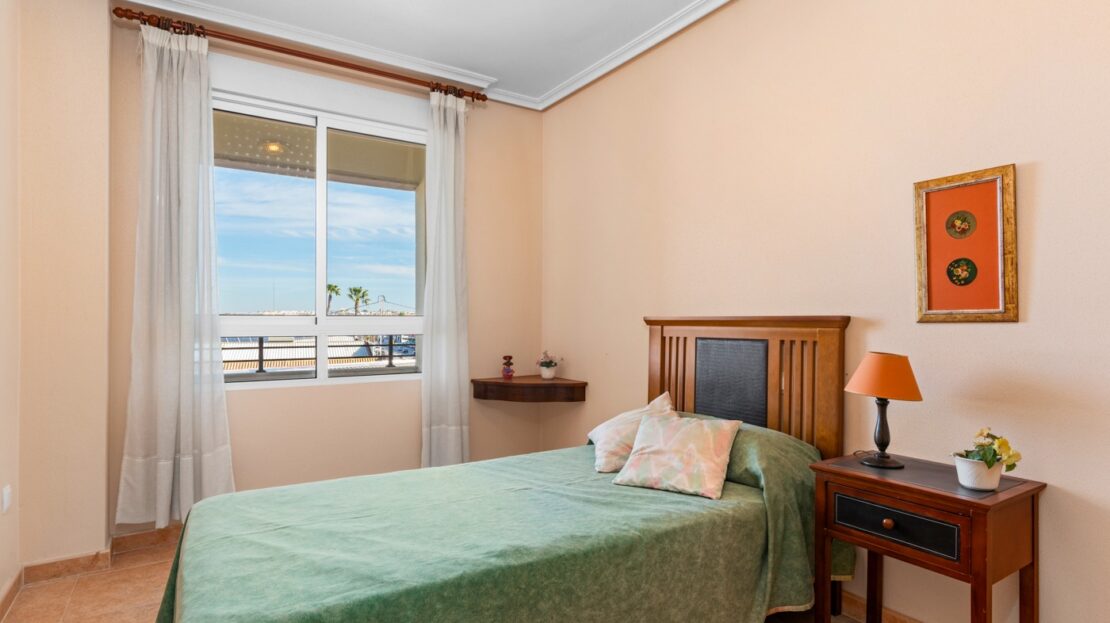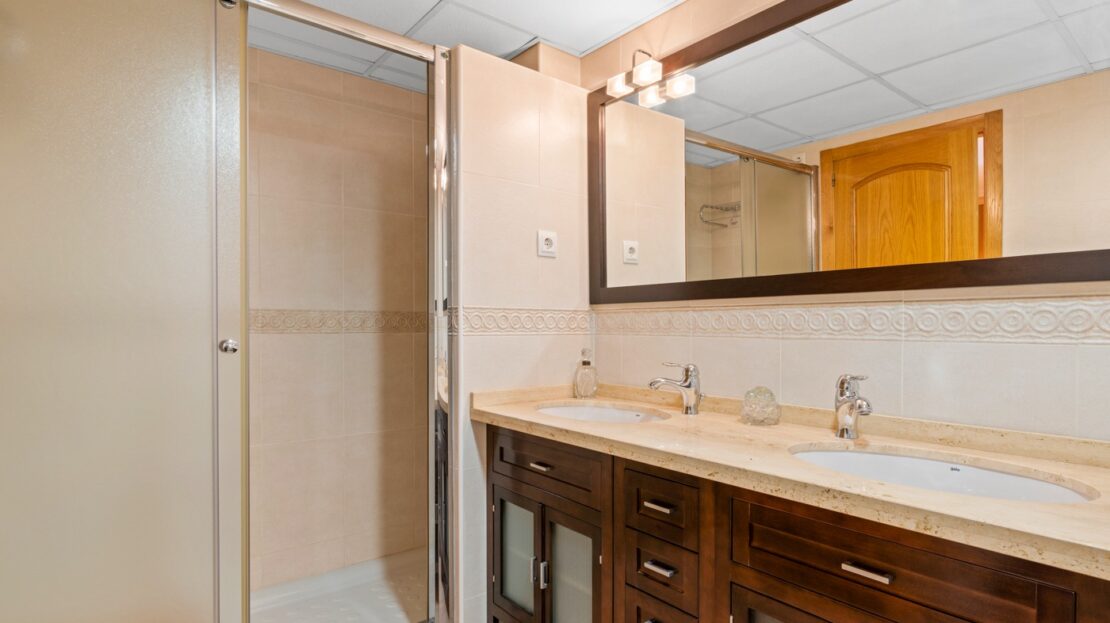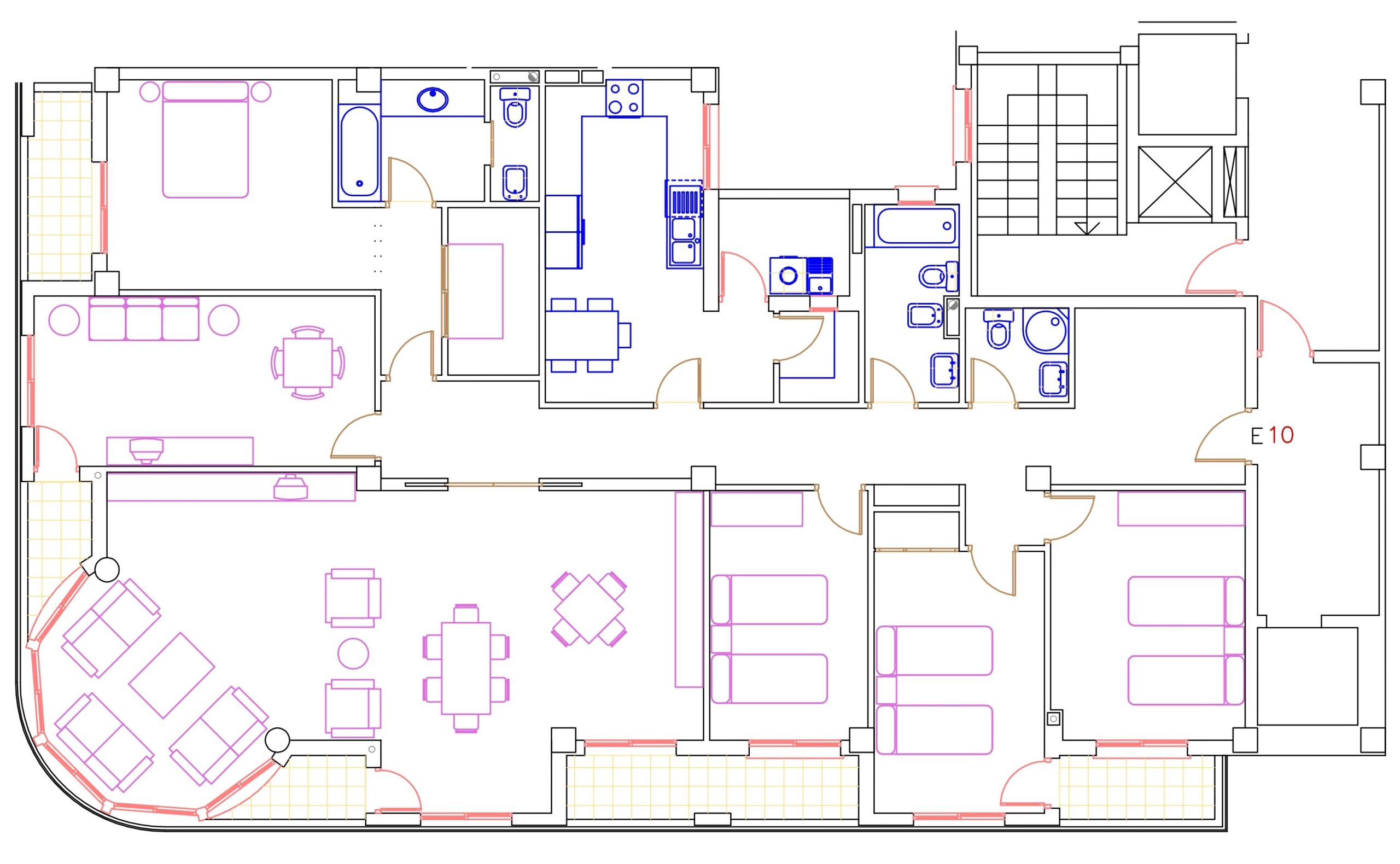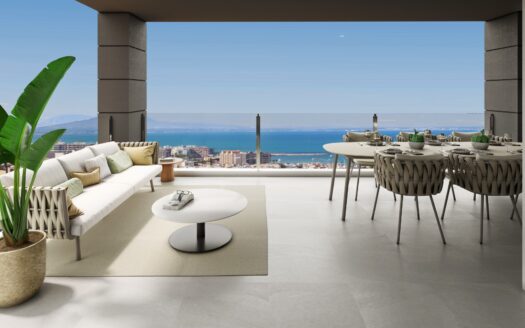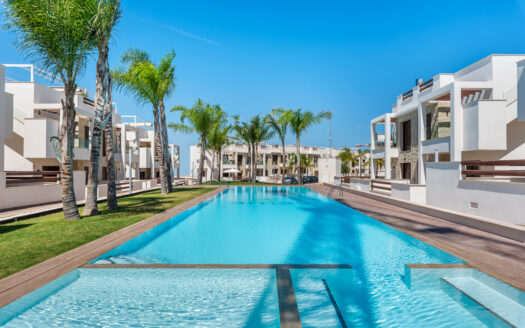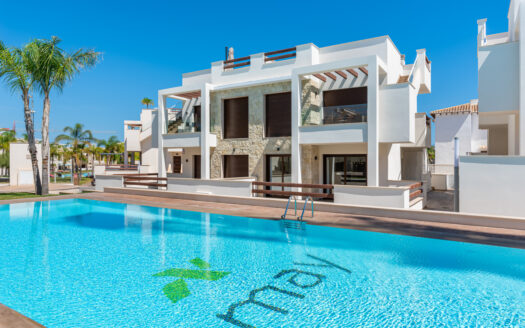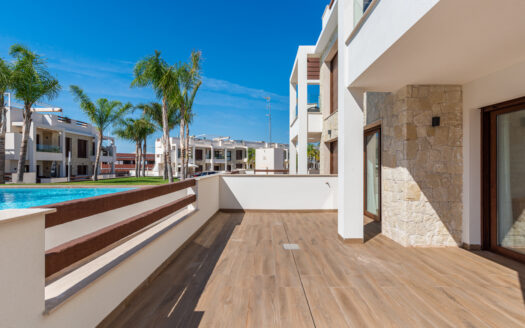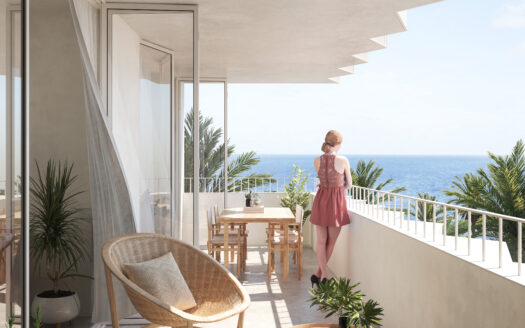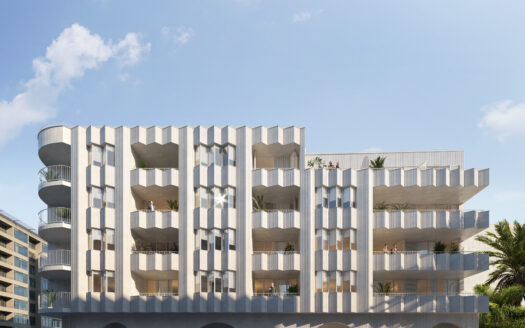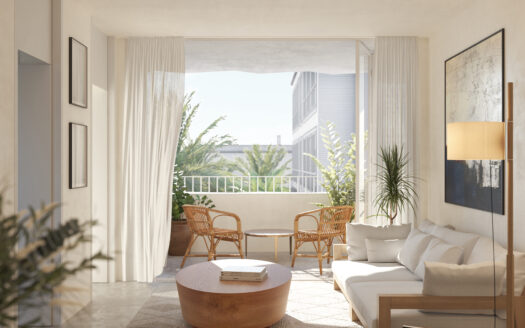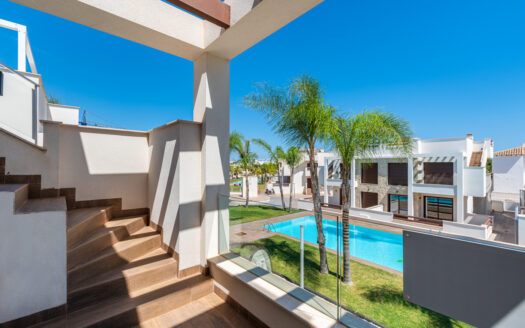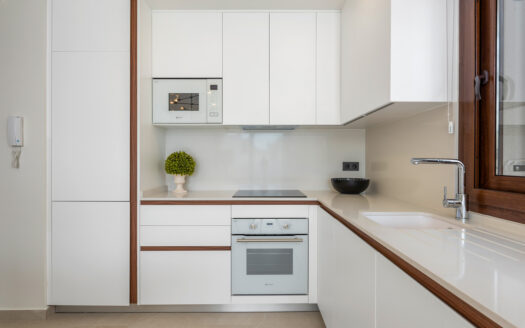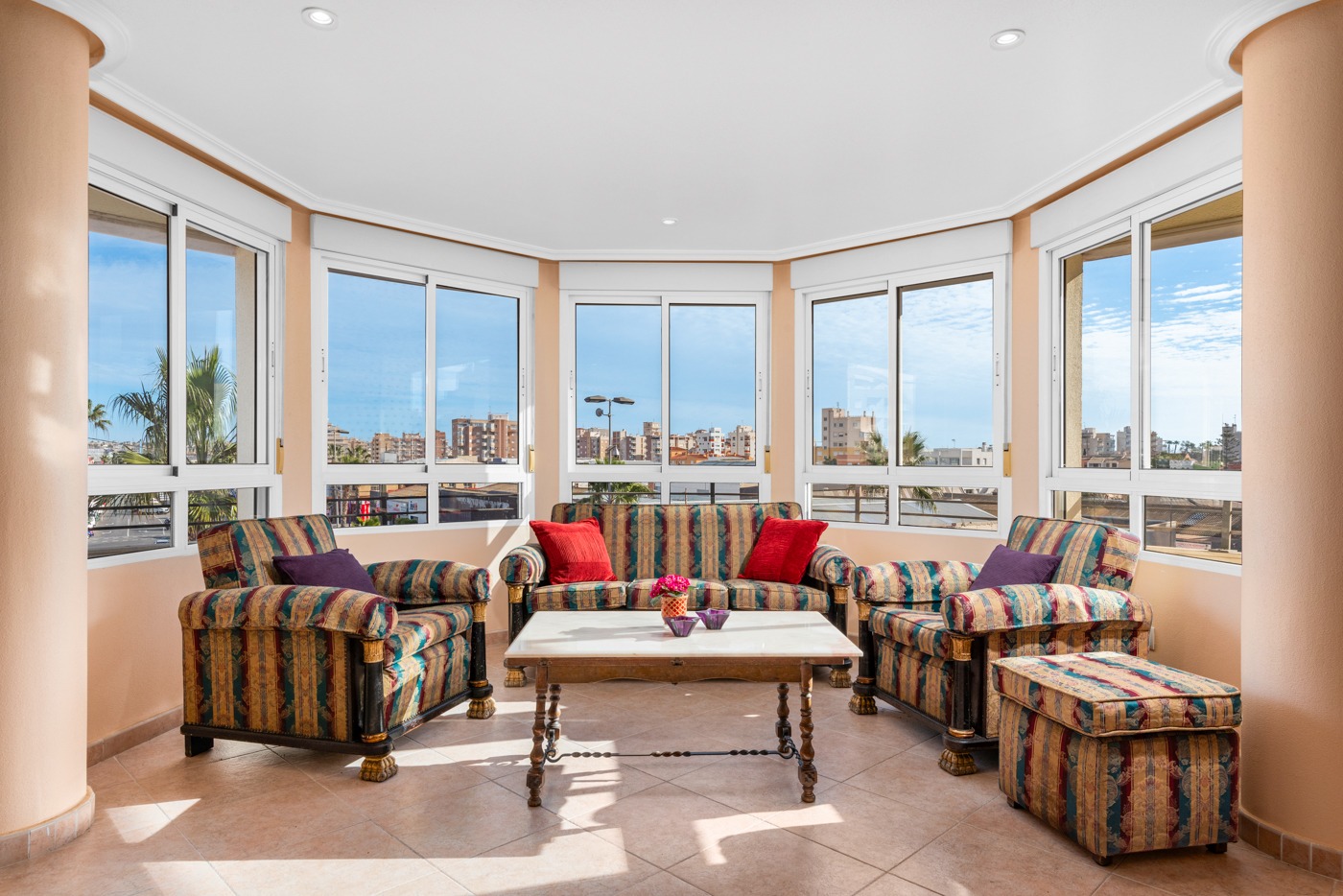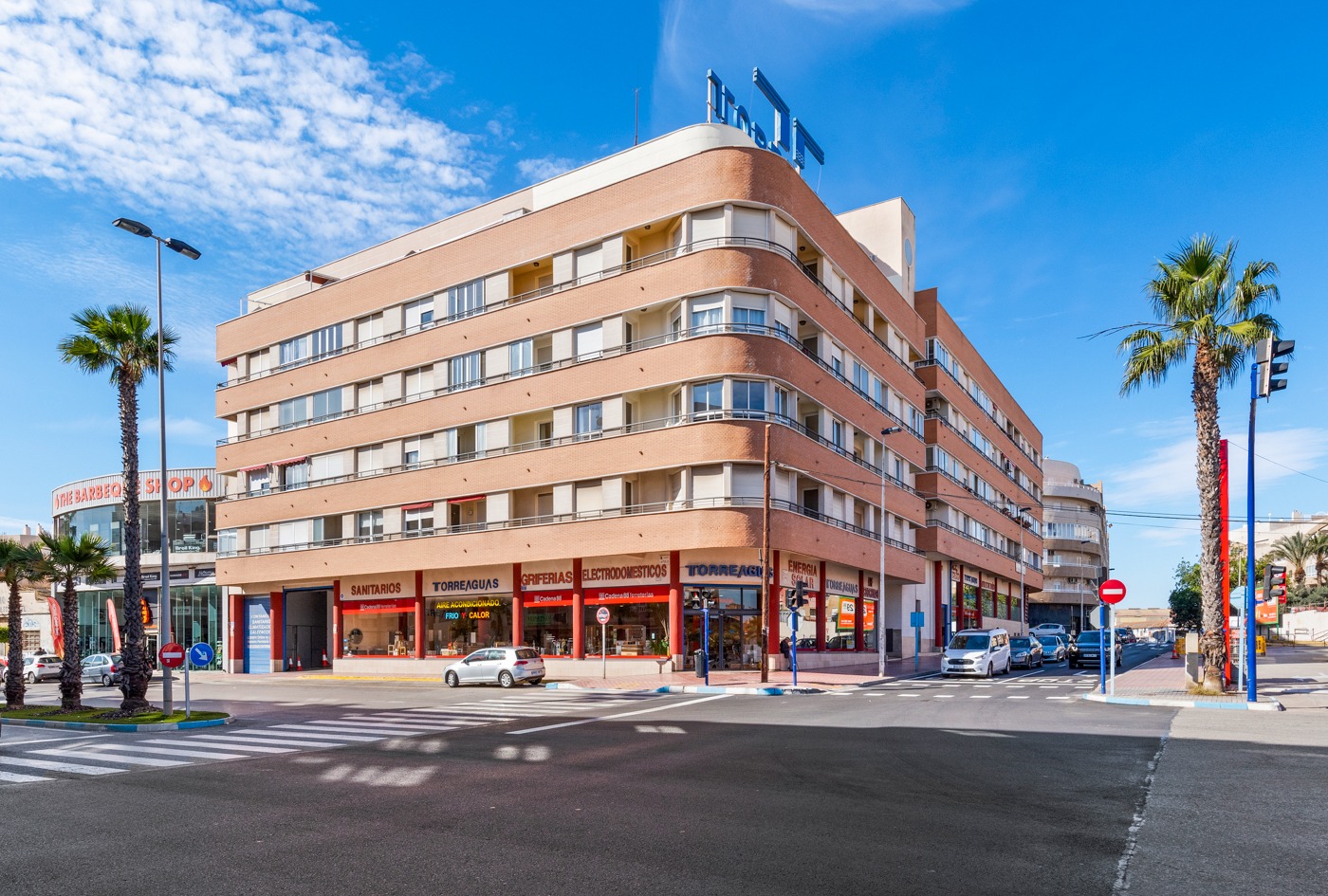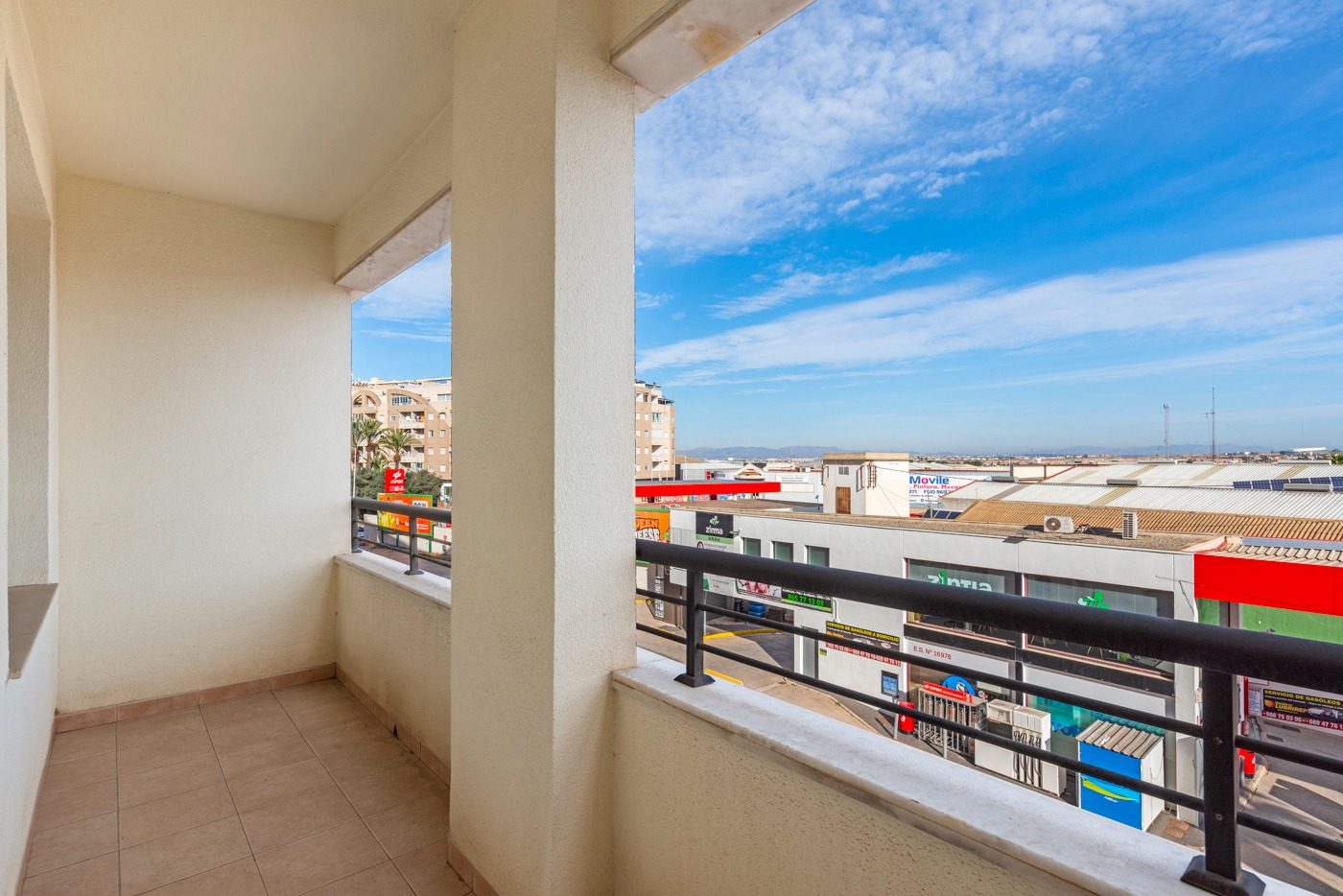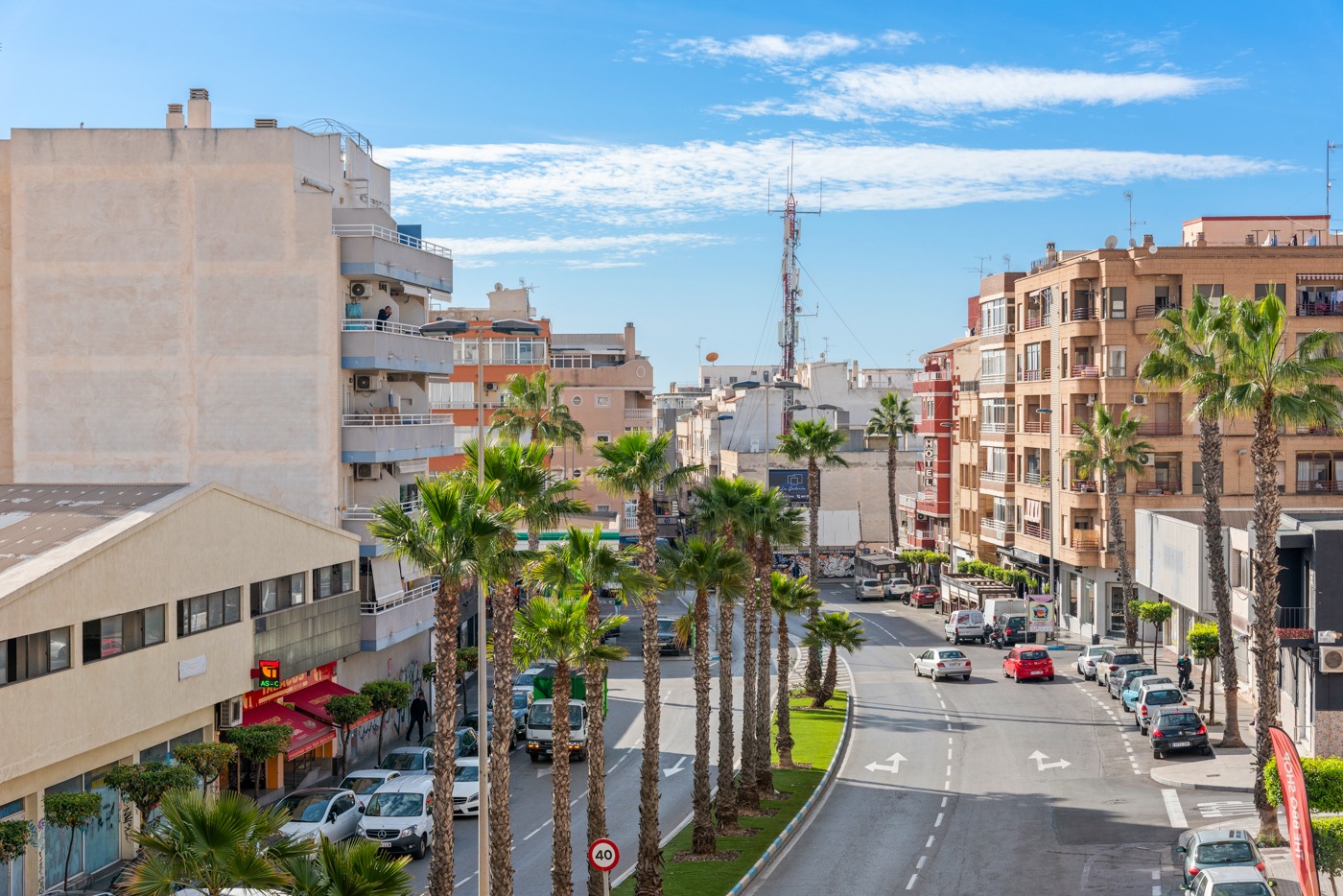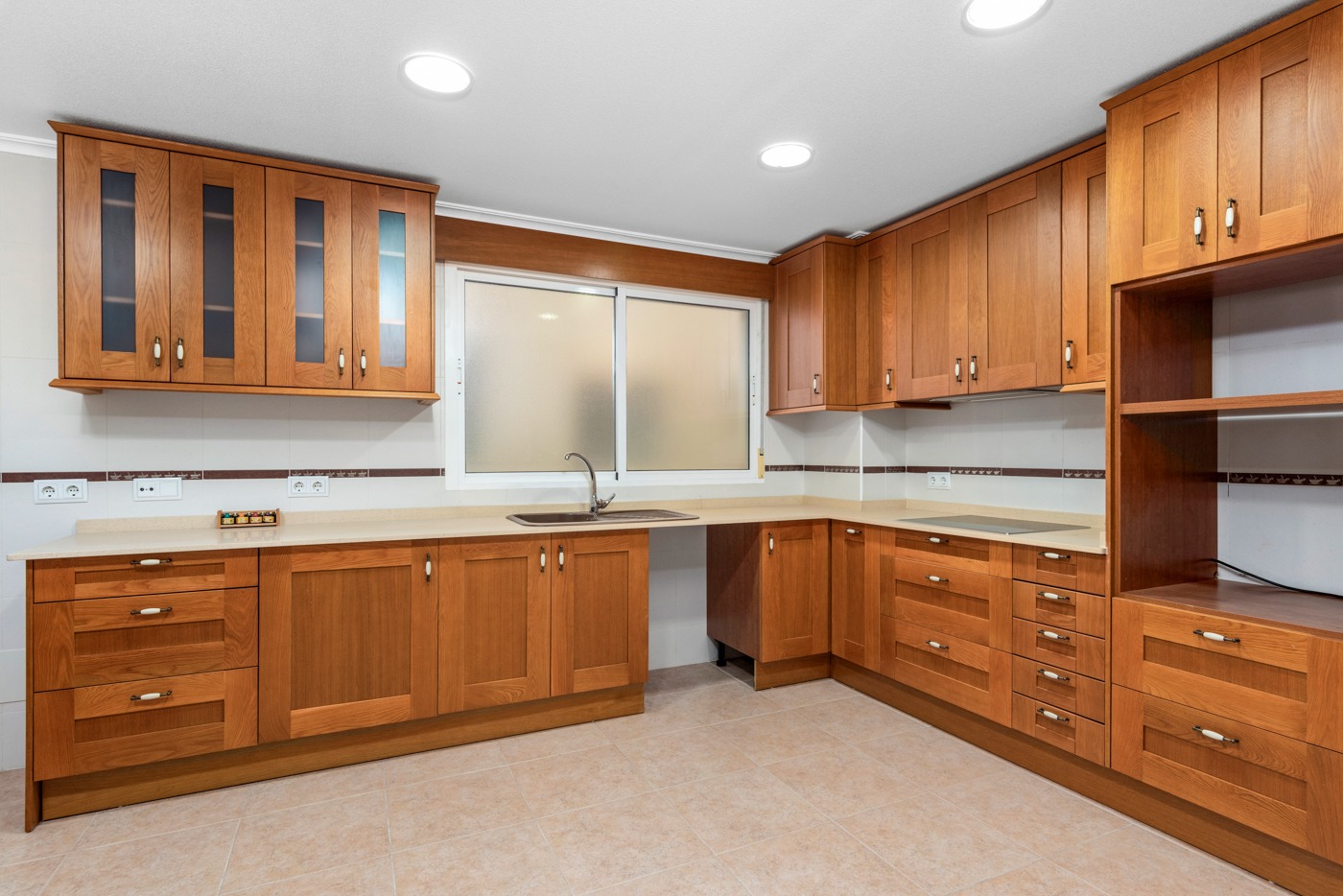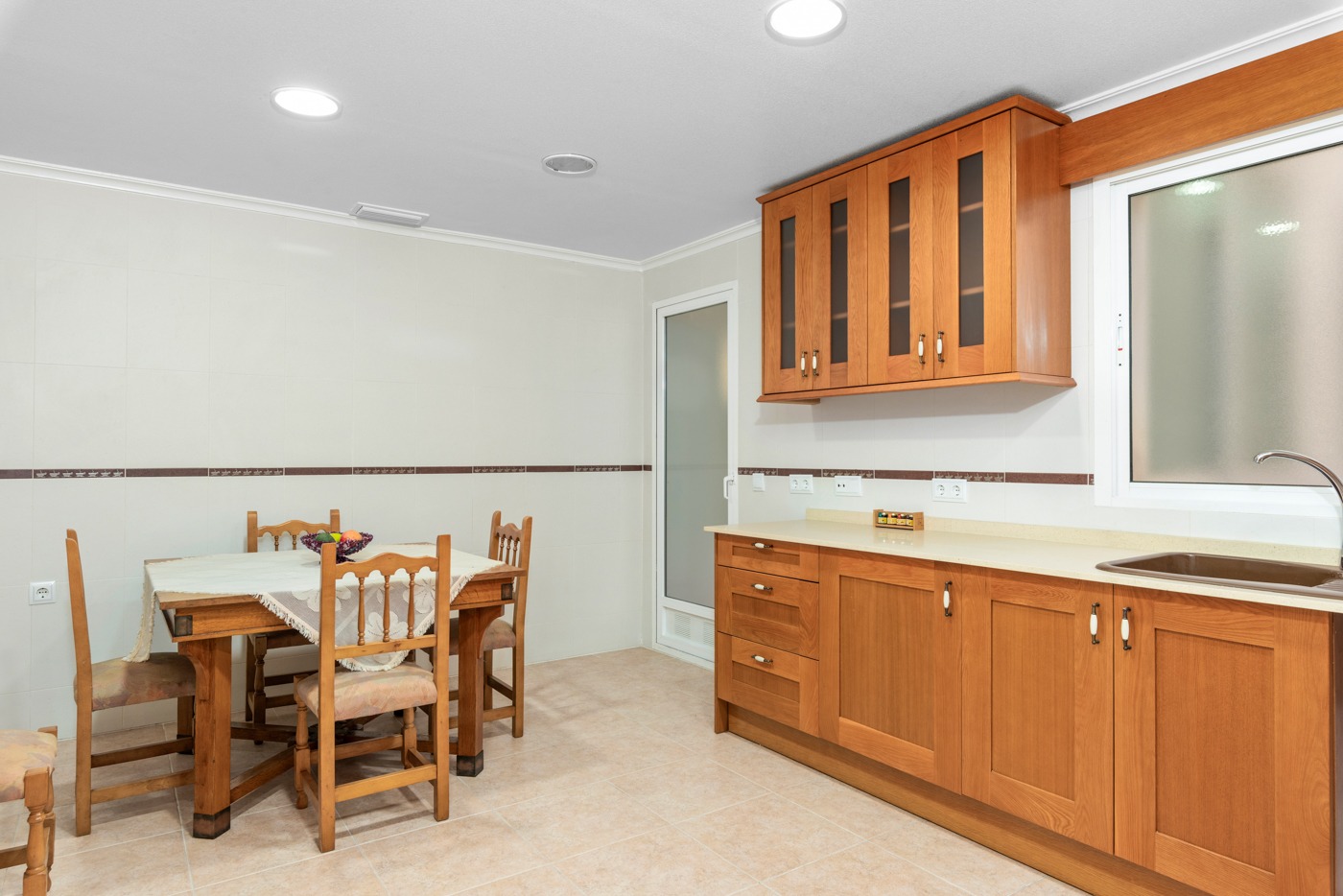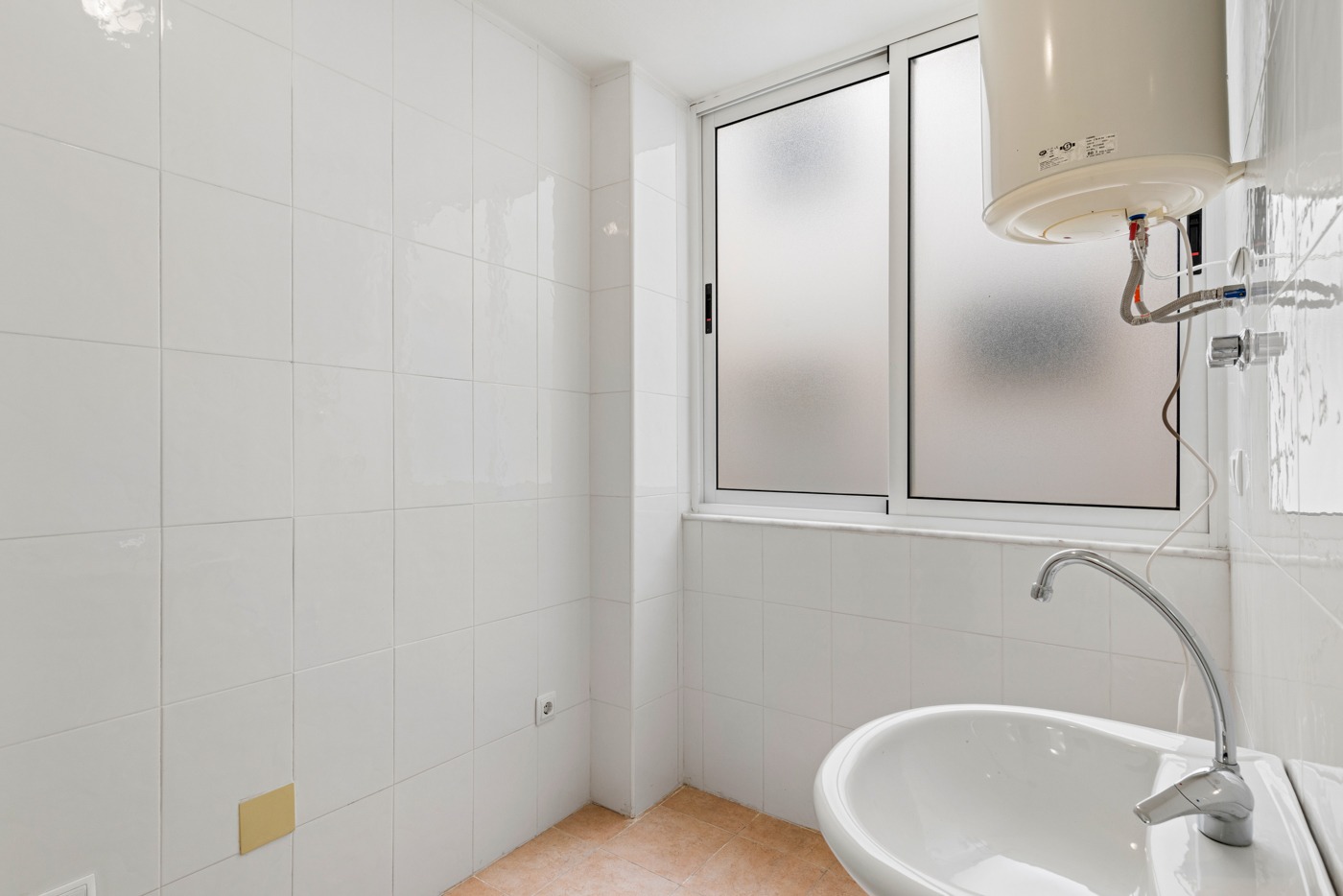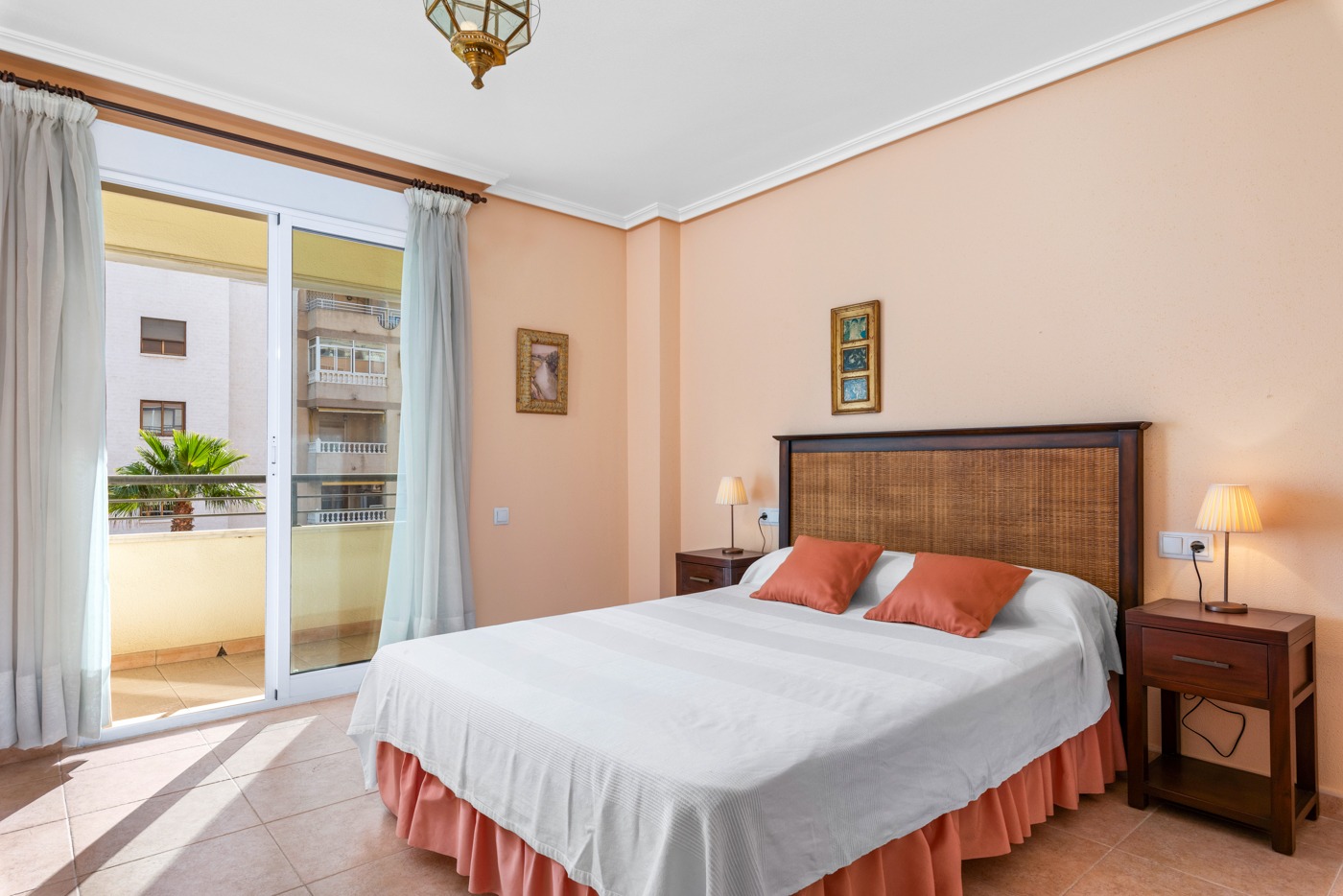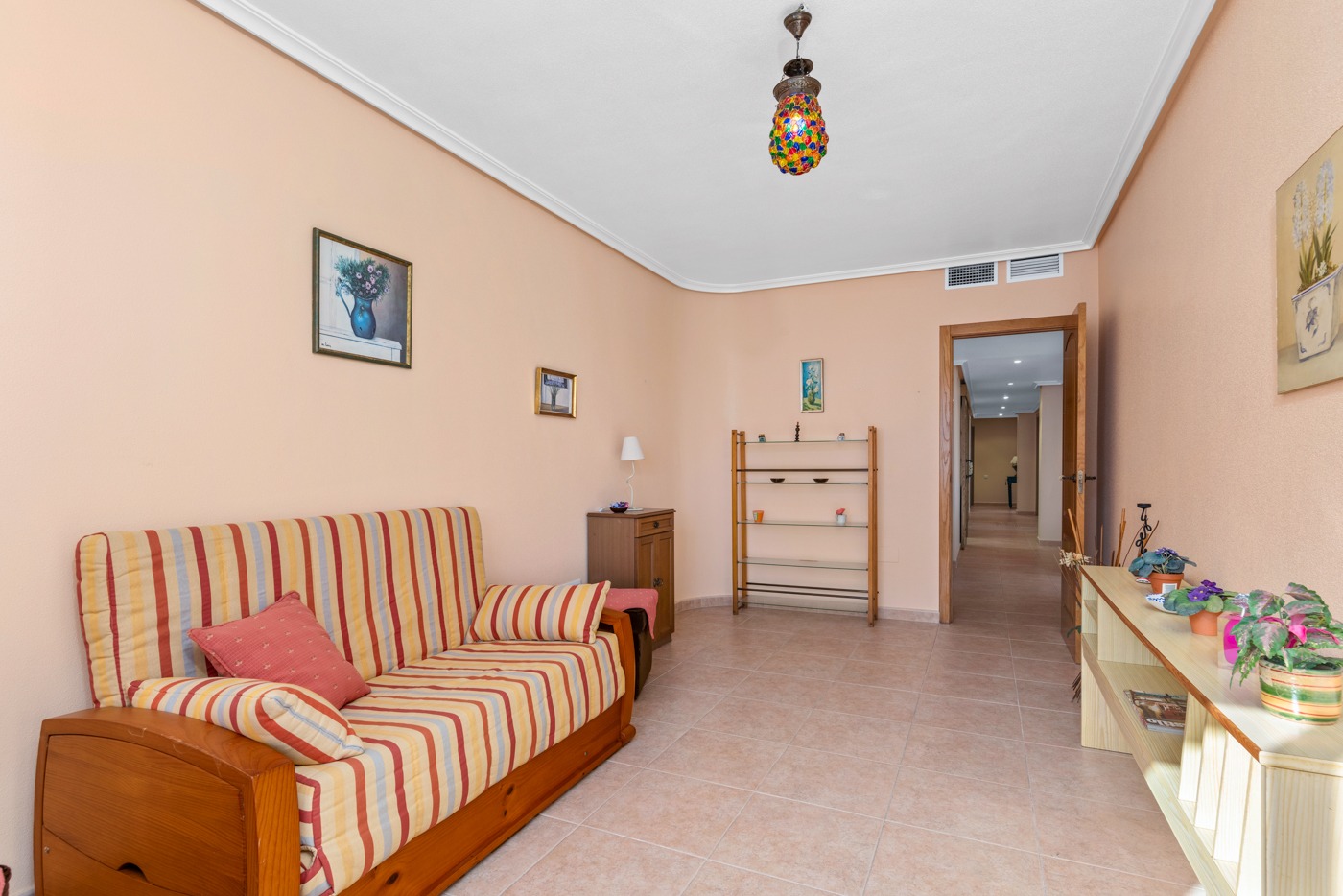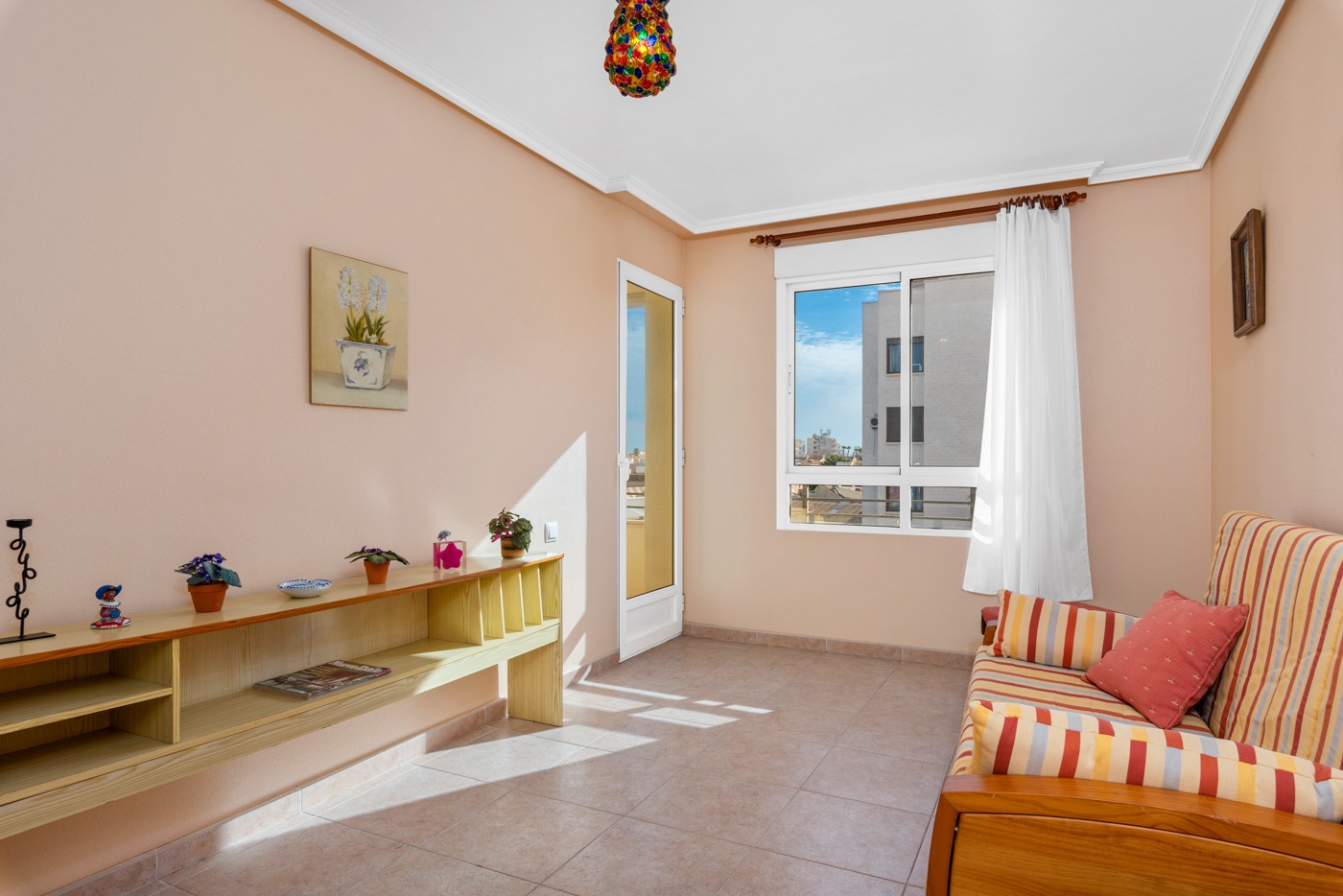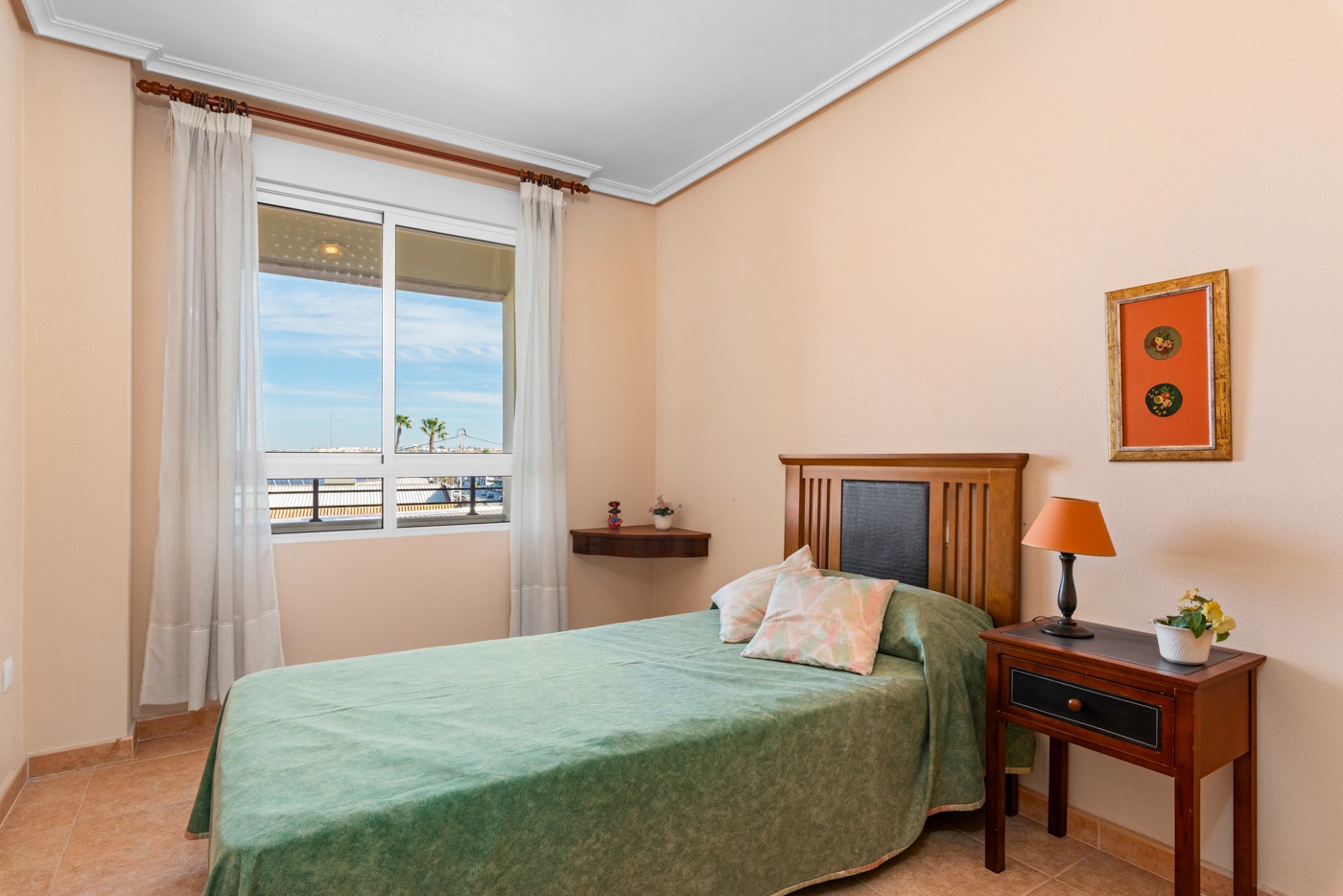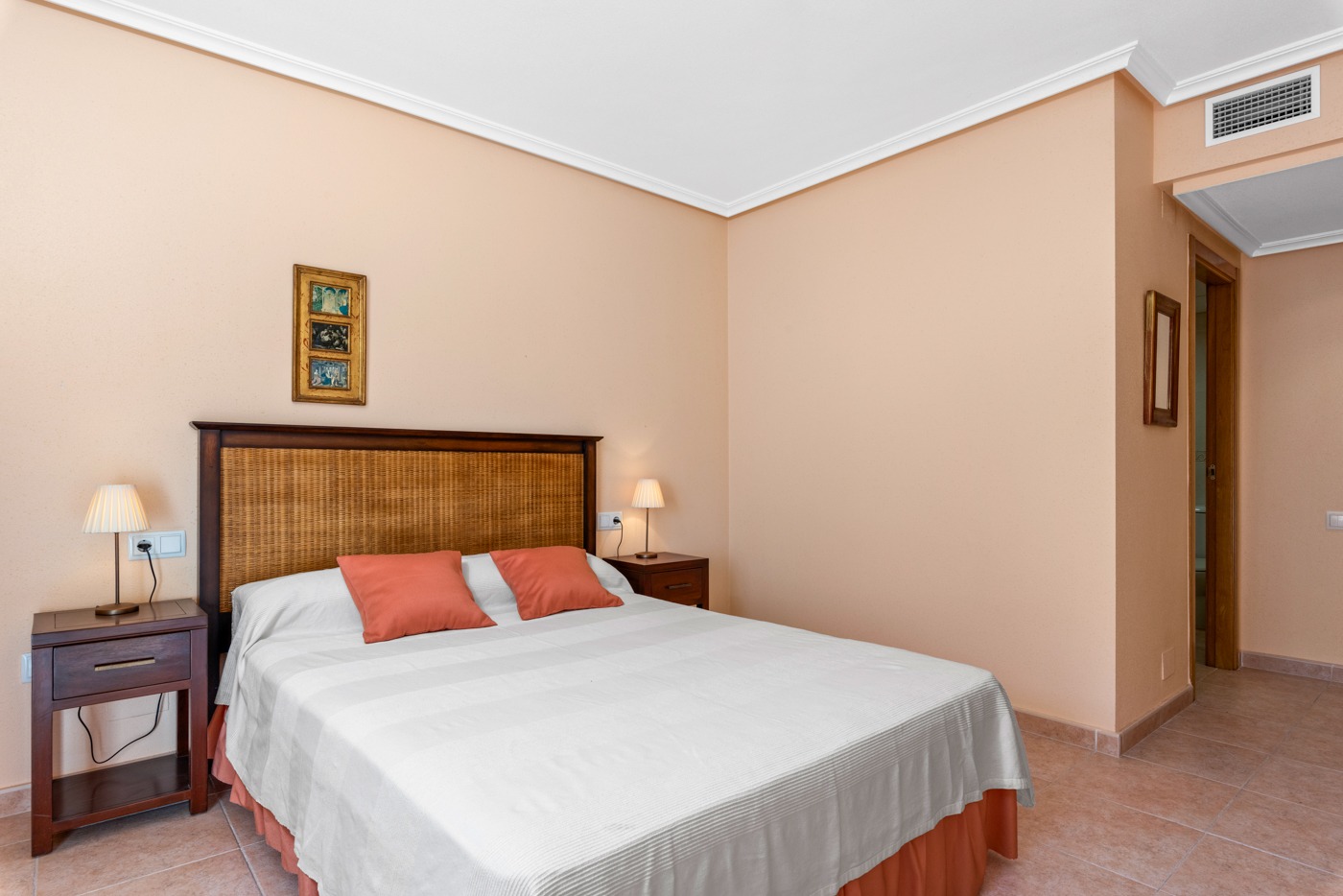Overview
- 5 Bedrooms
- 2.5 Bathrooms
- 212.95 m2
Property Description
If you need plenty of light & space, a superb central location and an INCREDIBLE investment – go no further.
One of our biggest partner developer has asked that we promote THREE reformed near-identical apartments, taking up the corner positions on the first, second and fourth floors, respectively.
Perfect for full-time living, digital nomads, family holiday lets or even as a corporate investment for out-of-town employees.
THE LOCATION
![]() Torrevieja Promenade – 5 min
Torrevieja Promenade – 5 min![]() Plaza de la Constitution – 6 min
Plaza de la Constitution – 6 min![]() Torrevieja Marina – 8 min
Torrevieja Marina – 8 min![]() La Zenia Shopping Boulevard – 14 min
La Zenia Shopping Boulevard – 14 min ![]() La Marquesa Golf Resort – 21 min
La Marquesa Golf Resort – 21 min![]() La Finca Golf Resort – 23 min
La Finca Golf Resort – 23 min![]() Las Colinas Golf & Country Club – 28 min
Las Colinas Golf & Country Club – 28 min![]() Alicante Airport – 41 min
Alicante Airport – 41 min
THE APARTMENT
With a huge 213m2 footprint and a double-apsect orientation, the homes are both bright and voluminous – providing flexible convenient living.
NB: none of the three units have been occupied since being built.
![]() Spacious double-aspect lounge-dining room with views over Torrevieja city
Spacious double-aspect lounge-dining room with views over Torrevieja city![]() Separate fully-fitted kitchen with pantry & room for small dining table
Separate fully-fitted kitchen with pantry & room for small dining table![]() Small external terrace for laundry equipment
Small external terrace for laundry equipment![]() Main bedroom with private terrace, walk-in closet and en-suite incl. full bath
Main bedroom with private terrace, walk-in closet and en-suite incl. full bath![]() Four more bedrooms, all with access to external breakfast terraces overlooking street
Four more bedrooms, all with access to external breakfast terraces overlooking street![]() Additonal family bathroom and smaller WC beside large and welcoming entrance hallway
Additonal family bathroom and smaller WC beside large and welcoming entrance hallway![]() A designated private parking space is also avaiilable for a small premium
A designated private parking space is also avaiilable for a small premium
These amazing homes are key ready & waiting for the lucky buyer to sign
THE AREA
This place is BURSTING with culture, history and fascinating facts – all of which is available elsewhere online. Here’s a brief history of one of Costa Blanca’s main cities.
The Torrevieja Salt Flats date back to before the 13th century and were an ancient royal possession. Until 1802 in Torrevieja there was only an old guard tower (which gives the place its place name) and some salt workers’ houses.
But in 1803, King Charles IV decreed the transfer of the administration of the Reales Salinas from La Mata to the location of the current center of Torrevieja, and the construction of houses was authorized. In 1829, the town was completely destroyed by an earthquake and later rebuilt.
The production and trade of salt determined and organized life here, converted into a city in 1931 by privilege granted by Alfonso XIII. Craft production was limited in the 19th century to the manufacture of linen, hemp and cotton for popular consumption. Although the anchorage made it difficult to load the salt, the port was completed until 1954.
In the mid-19th century, salt extraction was mainly carried out by Swedish and Dutch ships. The national market for this product was mainly Galician and, to a lesser extent, Valencian. The importance of the foreign market for this product has been maintained during the 20th century: a quarter of the salt produced is consumed in Spain and the rest is exported, its salt mines being the most important in Europe.
Modern-day Torrevieja has street festivals almost every month, hosts international sporting events and celebrates local cuisine with Tapas Trails every few months.

Your information
Other Agents




